There are a host of things that run through our minds as photographers when we are creating images. This article focuses on the importance of equidistant composition.
NOTE: Click on images to enlarge.
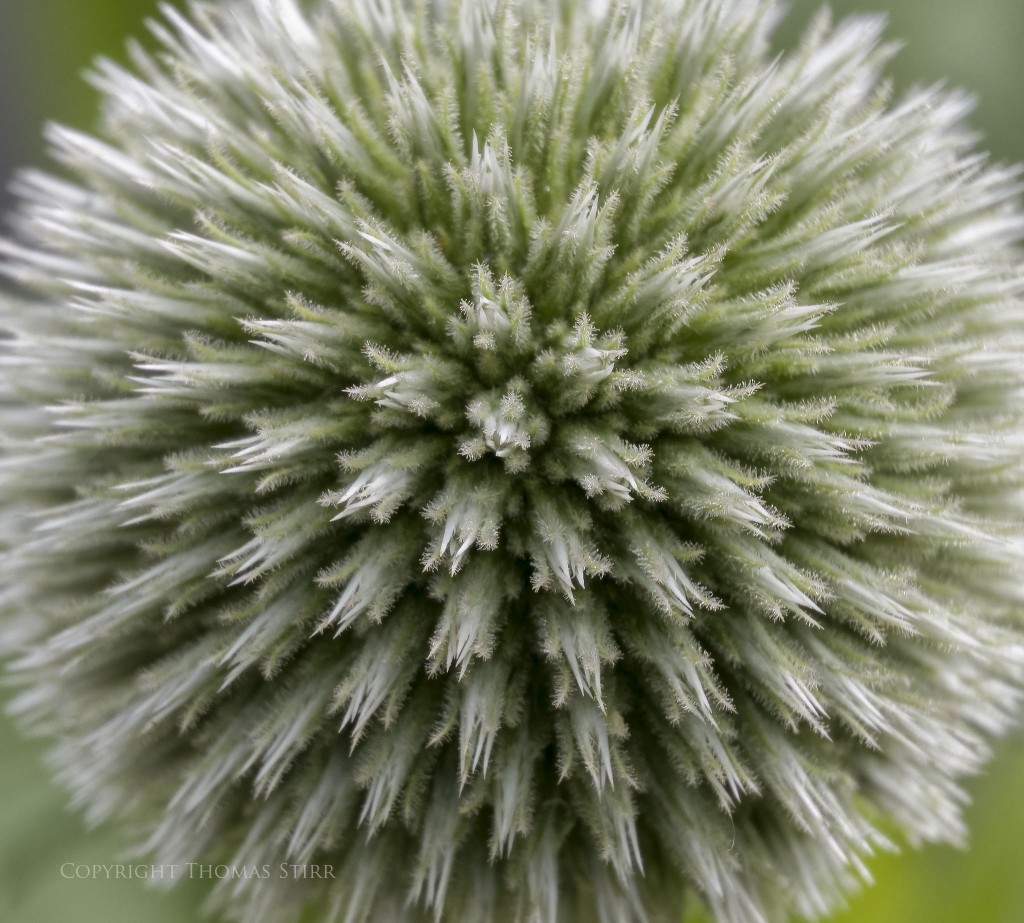
The concept of something being equidistant is a simple one, i.e. being equally distant from at least two other things simultaneously. When we use equidistant composition in our photographs we can enhance image eye flow, create drama, and improve balance.
We can use this concept in two basic ways when composing an image. The first, and most common approach, is to leave an equal amount of background surrounding the main subject of a photograph, as demonstrated by the image above. This helps to focus the viewer’s eye towards the centre of the image, and can add drama.

Another approach is to leave the same distance between top and bottom, and a different but equal distance from the left and right edges of an image. The image above uses this technique. It is often used in combination with a full image bleed.
Including an equidistant component in our compositions can be a very important and consistent technique that we can use in a wide variety of photographs. Let’s look at a number of examples of equidistant components.
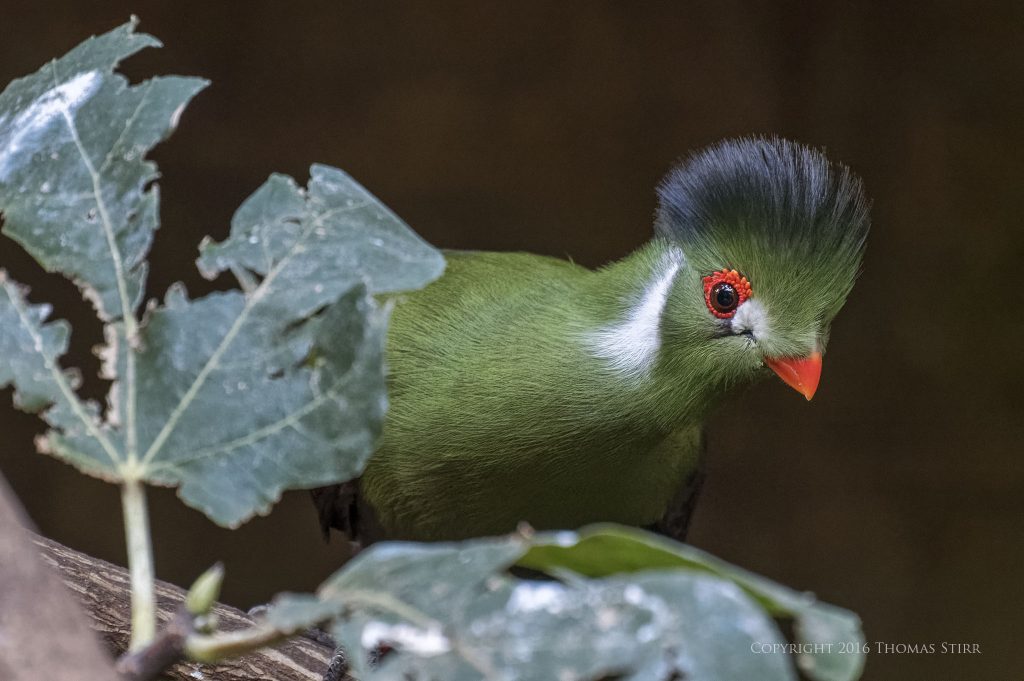
In the sample above, the image was framed to utilize equal distances from the top and right-hand side of the bird’s head with the top and right-hand edges of the photograph. This helps to give the image balance even though the main focusing point of the image is on the far right.

This Nova Scotia shoreline scene incorporates equidistant composition in terms of the distances between the red chair legs and the left edge and bottom edge of the composition. Sometimes using the average distance between two similar elements, i.e. the two reddish chair legs at the bottom of the photograph, is required.
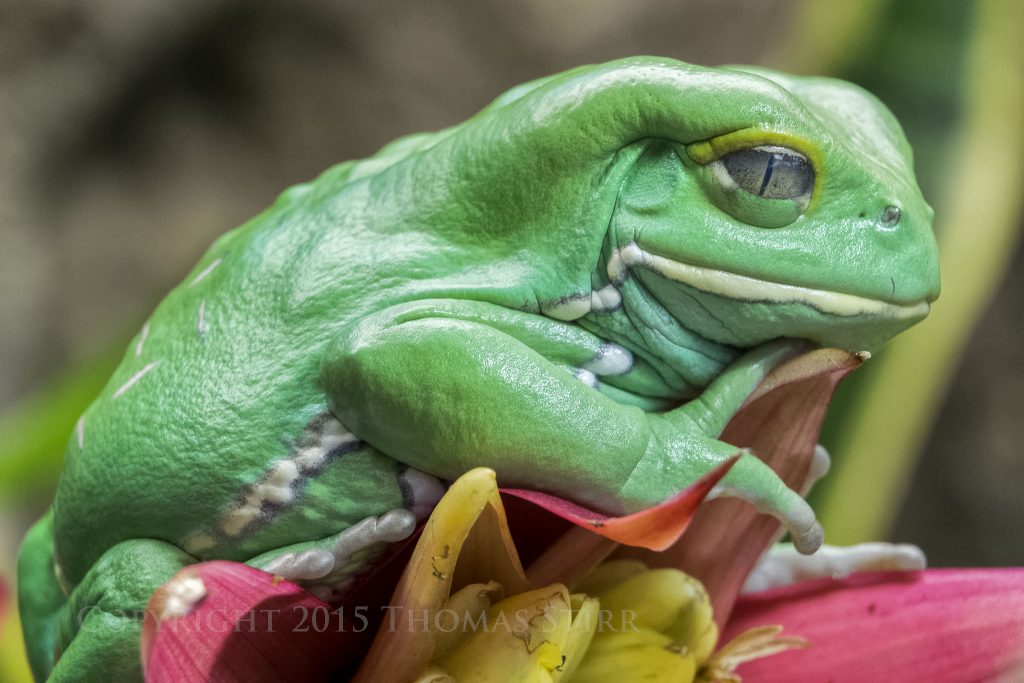
The frog image above uses equidistant composition in terms of the distance of the frog’s left nostril from the right-hand edge, and the top of its forehead to the top of the frame. Again, this gives the subject balance in the frame even though its head is positioned on the far right-hand side. You’ll also notice that the distance of the frog’s back on the left-side in the bottom third of the frame, is also at about the same distance away from the left edge of the photograph (i.e. look at the lowest white highlight on its back).
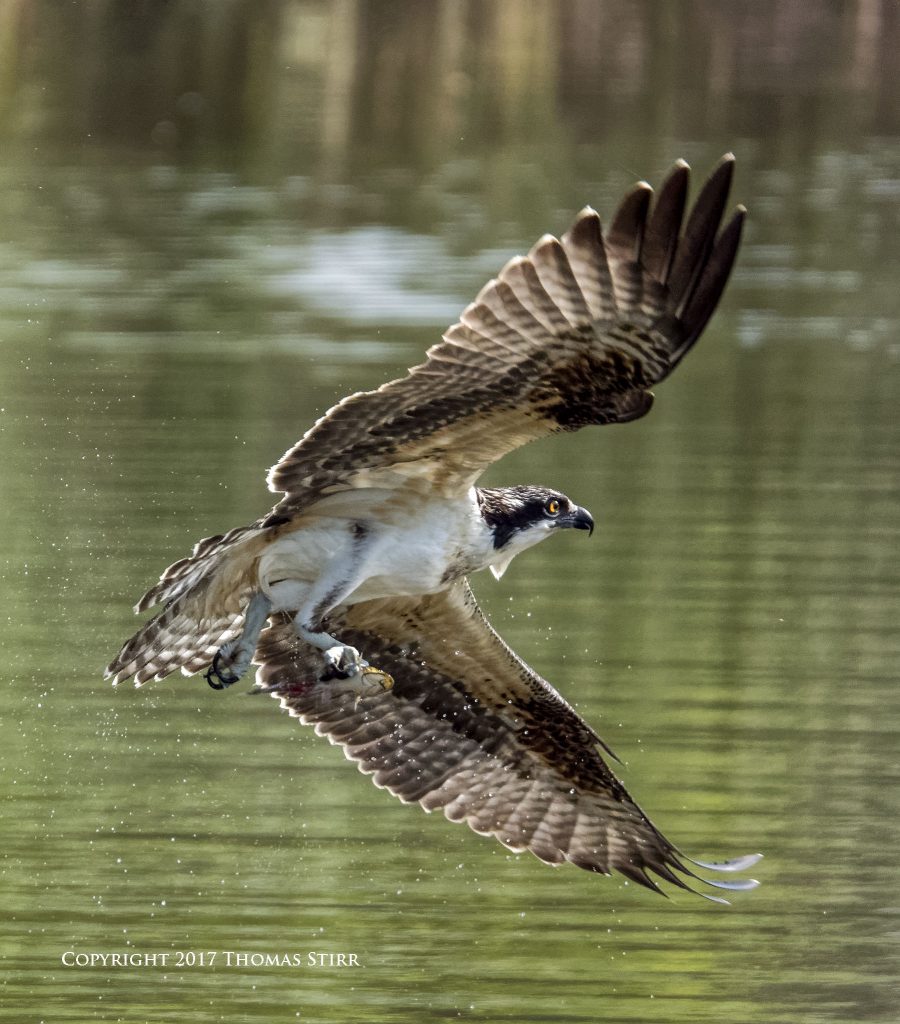
In the image of the osprey fishing above you can see that the bird’s wing tips are equidistant from the bottom, top and right-hand edges of the frame, and its tail is also equidistant to the left-hand edge.

There are two important composition considerations that give the above image a high degree of symmetry. The first is the very precise corner exits at the bottom of the frame. The second is the equidistant positioning of the two top corner pieces.

The flower image above incorporates equidistant composition on the top, bottom and right-hand edges in terms of the feature flower’s position in the frame.

The bench in the image above uses equidistant composition as seen by the distances between the bench back and legs on the left-hand side of the image, and their relationship to the left and bottom edges of the image.

The eagle profile image above also uses equidistant composition in terms of the distances between the front edge of the eagle’s beak and the edge of its lower beak, to the bottom and left-hand edges of the photograph. You’ll also notice that the top of the eagle’s beak just at the point where its feathers begin, is also at the same distance, this time away from the top of the frame.
I hope the image examples in this article have adequately demonstrated how equidistant composition can help to add drama, balance, and eye flow to our photographs.
Technical Note:
All photographs were captured hand-held in available light as per the EXIF data. All images in this article were produced from RAW files using my standard process of OpticsPro, CS6 and the Nik Collection.
My intent is to keep this photography blog advertising free. If you enjoyed this article and/or my website and would like to make a modest $10 donation through PayPal to support my work it would be most appreciated. You can use the Donate button below. Larger donations can be made to tom@tomstirr.com through PayPal.
Article Copyright 2017 Thomas Stirr. All images are Copyright 2015, 2016, 2017 Thomas Stirr. All rights reserved. No use, duplication or adaptation of any kind is allowed without written consent. If you see this article reproduced anywhere else it is an unauthorized and illegal use. Posting comments on offending web sites and calling out individuals who steal intellectual property is always appreciated!

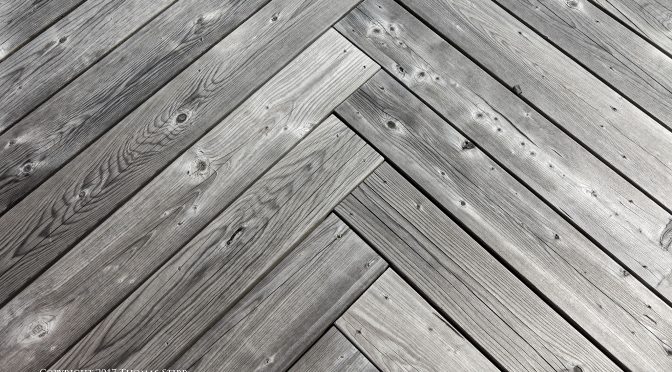
Your equidistant reflections reminded me of this article about geometry in Henri Cartier-Bresson:
https://www.ipoxstudios.com/the-man-who-taught-bresson-geometry/
and also this:
https://www.dpreview.com/videos/4002734538/dynamic-symmetry-the-genius-of-henri-cartier-bresson-s-composition
Hi Bill,
Interesting stuff…thanks for adding this to the discussion! I’ve been seeing potential images as geometric shapes for ages now. Much of the time I see shapes, or converging lines, before I actually notice what the ‘real’ subject happens to be.
Tom